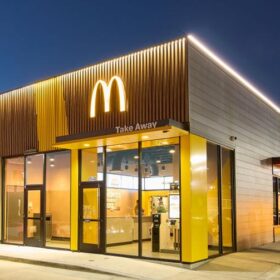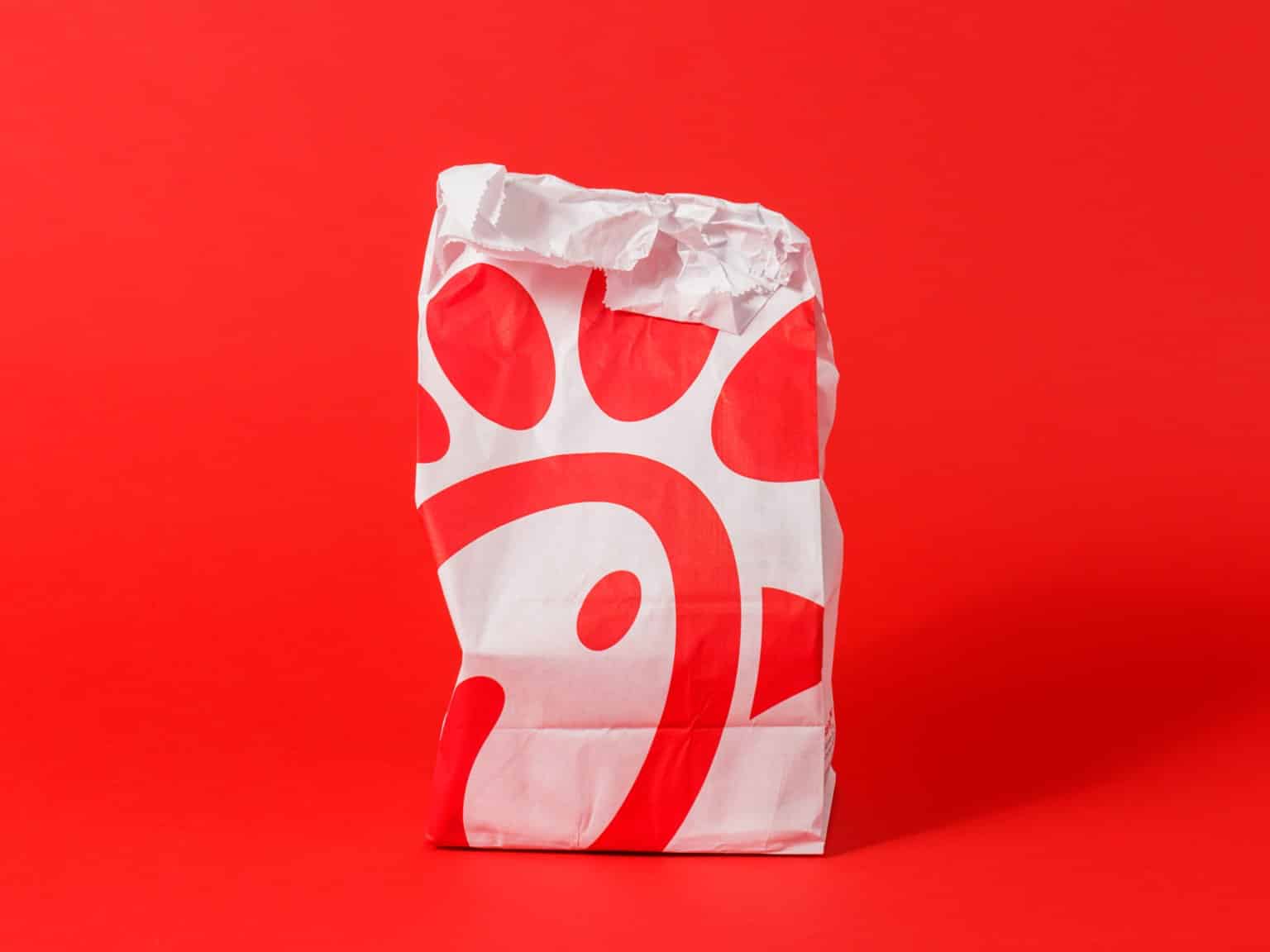Steak ‘n Shake ‘Temporarily’ Closes 44 Restaurants
YES. As traffic and sales continue to slide, Steak ‘n Shake head Sardar Biglari, CEO of Biglari Holdings, wrote earlier in the year the burger brand “failed customers by not being fast and friendly.”
That first note was critical—an issue he believed stemmed from old equipment and ineffective kitchen design. The fleet of restaurants were high-cost and labor-intensive operations, and it led to “heavy losses” across the entire system.
One of the key actions to reignite the classic burger brand, founded 1934 in Normal, Illinois, was to take a page from Chick-fil-A’s playbook: Build a system of single-unit, operator-run stores that encourage entrepreneurial leadership.
Steak ‘n Shake said it would franchise all 413 of its corporate units. And it would speed the process by offering them for just $10,000 a pop. The company charges the restaurant up to 15 percent of sales to lease the unit and equipment.
Owners are also required to split the store’s profit with the franchisor. The initiative was first announced in August 2018. Read more about the program here.
So where are we today?
One side effect of the system flip, Steak ‘n Shake said, was to temporarily close restaurants in order to get them ready for sale. In a securities filing, the company revealed that it “temporarily” shuttered 44 units in the first quarter “until such time that a franchise partner is identified.” Two additional restaurants just closed as well.
There are now 367 corporate and 213 franchised locations in operation. That compares to 415 and 201, respectively, as of March 31, 2018. Steak ‘n Shake opened 10 franchise units and closed 10 in Q1.
The shift comes as Steak ‘n Shake’s traffic and same-store sales slide. The company’s comps dropped 7.9 percent in Q1, according to the filing. Traffic fell 7.7 percent.
Steak ‘n Shake’s same-store sales have now declined 10 straight quarters. On a yearly basis, the company is running three consecutive years of red results. Same-store sales declined 5.1 percent in fiscal 2018 following decreases of 1.8 and 0.4 percent in the previous two years.
Additionally, Steak ‘n Shake’s traffic has rushed downward lately. The number of customers declined from 116 million to 111 million to 103 million—its lowest mark in eight years—during the three-year span. On a two-year stack, Steak ‘n Shake’s traffic is down nearly 15 percent.
For the first time since 2008, restaurants took a loss in operating earnings at $25.8 (in dollars in 000s) as well last year. As a company, the figure was negative $10,657. It was negative $30,754 in 2008 before trending positive year-over-year until 2018.
Biglari Hildings’ restaurant operators fell 10 percent to $174 million in Q1. The company’s restaurants—59-unit Western Sizzlin’ included—lost $13.3 million in the period.
In the filing, the company reported rising costs in all areas. It said cost of food was 33.2 percent of net sales in the quarter, up from 30.1 percent in the year-ago period. Steak ‘n Shake credited a promotion that increased food costs.
The company also noted higher wages and benefits lifted restaurant operating costs 3.6 percent from 52.7 percent of net sales to 56.3 percent. G&A expenses also went up in Q1 to 9.8 percent of total revenues from 7.8 percent “due to the accrual of legal expenses, namely a verdict in a case against Steak n Shake in the amount of $3,000.”
In terms of deals, Steak ‘n Shake has not shared progress from its refranchising initiative to date. It noted earlier it could take about three years to transition, and it expects “the combination to reinvent Steak n Shake as the best quick-serve restaurant company in the premium burger segment of the industry.”
Biglari said the program would draw “entrepreneurs with a consummate commitment to the business,” into the business. It would avoid “absentee owners.”
In theory, the single-run operator system would also remedy some of Steak ‘n Shake’s customer-service ailments.
“We limit a franchisee to a single location, based on the belief that focus, along with passion, determination, and persistence, will translate into excellent employee and customer satisfaction,” Biglari said.
Even splitting the profits along with the possible 15 percent of sales, he added, franchise partners could earn “considerable sums” under this structure.
“Our thinking behind such a lucrative arrangement is simple: The best way to create wealth for ourselves is to first create wealth for our franchise partners,” he wrote.
To improve speed, Biglari added, Steak ‘n Shake was overhauling and streamlining production by developing a better operating and delivery system. In the past decade, the company’s drive thru and take-out revenue boomed 51.5 percent. This in line with what the company called an “aggressive pricing formula.”
Biglari said that’s changing to promote convenience over price, with better production techniques as Steak ‘n Shake looks to gain volume through speed, not price points.
He said Steak ‘n Shake was “developing a tailor-made system designed to speed up service, deliver consistency, and reduce labor.”
“Our aim is to change not our products but the process by which we create our delicious Steakburgers and milkshakes,” Biglari said.
Steak ‘n Shake is still a relative newcomer to the quick-service franchising space. The company’s units were all sit-down models for the first 78 years. The counter-service format arrived 2012 and was designed for flexibility.
It grew through universities, casinos, airports, gas stations, shopping centers, and other nontraditional outlets. By the end of 2018, there were 87 quick-service locations—including international operations (there are 22 stores in Franchise).
Steak ‘n Shake really only started pushing the franchising model in 2010. There were 71 franchised stores that year and 213 by 2019. The program began officially in 1939 but grew by an average of just one franchise per year from 1939 to 2010. Over the next eight years, current management added twice the number of franchise units (142) than had been built in the preceding 71 years.
The owners took over on August 5, 2008. Biglari has said before the company was losing $100,000 per day but was generating that much by the end of 2009.
[H/T] QSRMagazine
You can also visit related posts through the links below :









 Powered by
Powered by